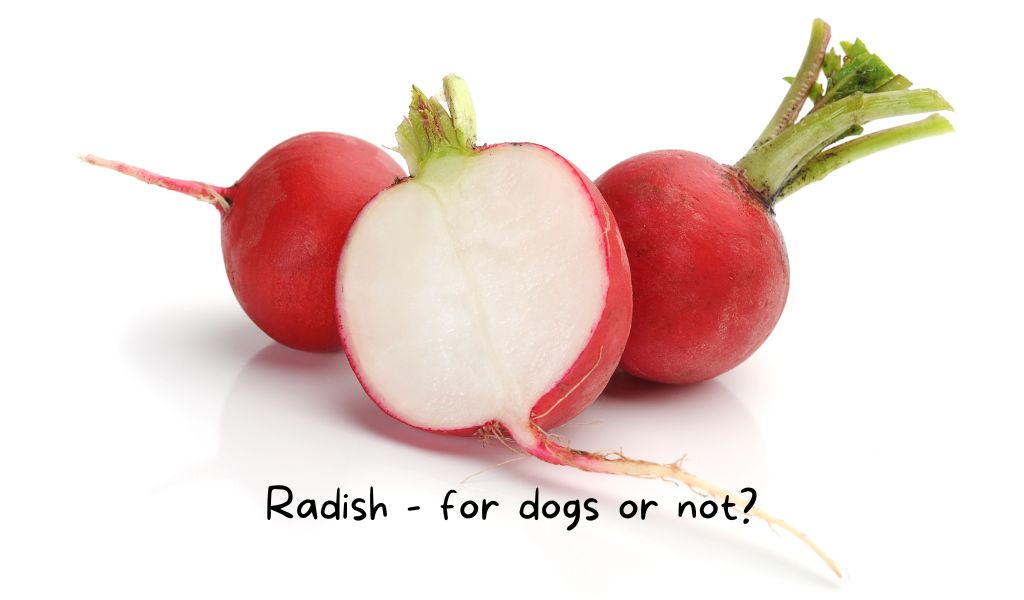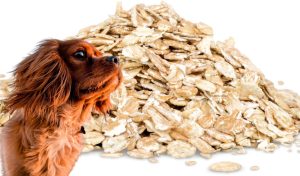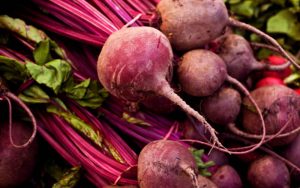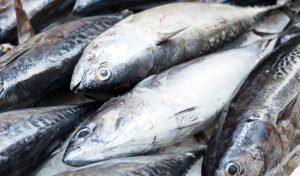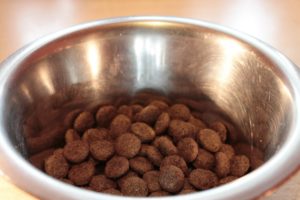Radishes are a healthy and nutritious food for humans, but can dogs eat radish too?
While there are some potential risks associated with feeding your dog radishes, if done correctly you may be able to add this vegetable to your pup’s diet.
In this blog post, we will discuss the nutritional benefits of radishes for dogs, how to prepare them safely and what serving size is recommended.
We will also provide tips on incorporating radishes into your dog’s diet as well as signs that they may not be tolerating the food well. Finally, we will cover alternative foods which can be given instead of radish.
Radishes can be a healthy and nutritious snack for dogs, though there are some potential dietary risks that should be taken into consideration. Radishes provide a nutritional boost of vitamins and minerals, such as folate, vitamin C, potassium, magnesium, and iron that can help enhance your dog’s diet.
Overview of radish and its nutritional benefits
Radish is a versatile vegetable, belonging to the same family as turnips, cabbage, and horseradish.
It is available in various shapes, sizes, and colours from white to dark red depending on the variety.
It is rich in dietary fiber and vitamins C and B6, and radishes are packed with important elements for such as folate and iron.
Key Takeaways ?
- You can give radish to your dog in small amounts.
- Radishes are a nutrient-rich vegetable, with fibre, potassium, and vitamin C.
- While not toxic, radishes lack the essential nutrients to maintain a healthy canine diet and may cause excessive gas in dogs.
- Dogs seem to prefer the taste of carrots and sweet potatoes more than radishes.
Potential risks of feeding radishes to dogs
Although radishes are generally safe for dogs to eat, they should only be given in moderation.
They can cause irritation to the stomach and intestines of some dogs and over feeding could result in internal inflammation or even blockages.
How to prepare radishes for dogs safely
Radishes should be washed thoroughly and peeled to remove any potentially harmful pesticides or bacteria before being given to your pup.
The leaves, stems, and seeds of the radish are not edible and should be removed as well.
Once prepared, radishes can be cooked or served raw.
When cooked, they will soften and become more palatable for dogs.
When served raw, they should be cut into small pieces as larger pieces can cause choking and gastrointestinal issues in some dogs.
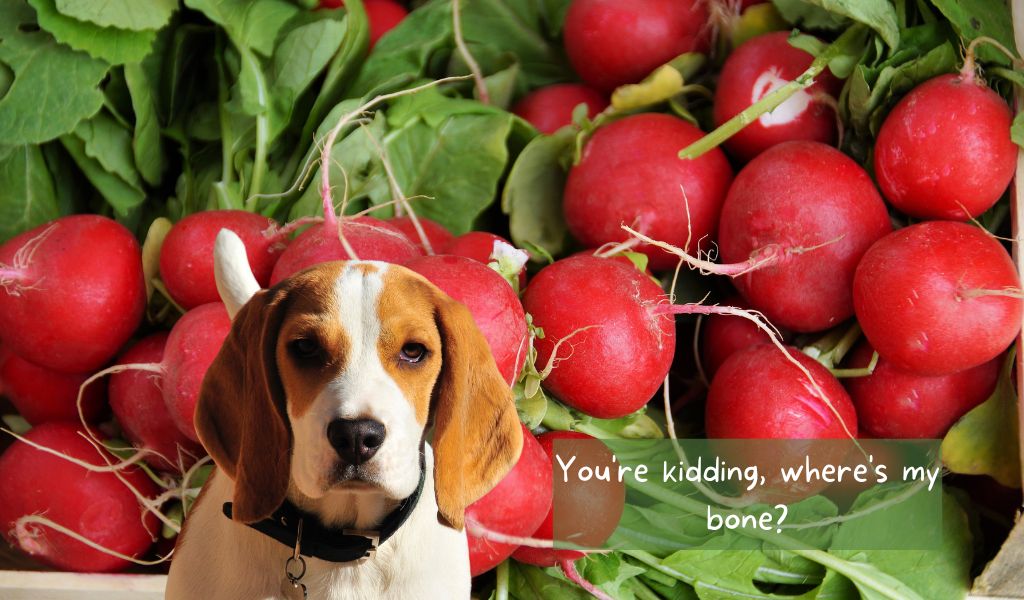
Recommended serving size for dogs
The recommended serving size for dogs is about one tablespoon per 10 to 15 pounds of body weight, depending on the size and activity level of your pup.
Radishes should always be served as a treat or snack and should not constitute more than 10% of your dog’s daily caloric intake.
Tips on incorporating radishes into your dog’s diet
As with any other new foods, you should offer radish to your dog gradually and in small amounts.
Always watch your dog for any signs of adverse reaction when introducing a new food to their diet and, if in doubt, stop and consult your vet before pressing ahead.
Signs that your dog is not tolerating the food well
If your dog is experiencing any of the following signs after consuming radish, it is best to discontinue use and consult with your veterinarian:
• vomiting
• diarrhea
• loss of appetite
Alternative foods for dogs
If you decide that radishes are not suitable, then there are plenty of other vegetables and snacks which are perfectly safe for your canine companion to enjoy.
Some of the best options include:
• Carrots
• Apples
• Green beans
• Peas
• Broccoli
• Bananas
Final Words
Radishes can be a nutritious and tasty treat for your pup, but they should always be served in moderation.
Be sure to prepare them properly, observe the recommended serving sizes, and watch closely for any signs of discomfort or adverse reaction.
If you’re ever unsure or concerned about adding a new food to your dog’s diet, speak to your veterinarian for advice.
Also, if radishes are not suitable for your pup, there are plenty of alternatives that can offer them the same nutritional benefits.

